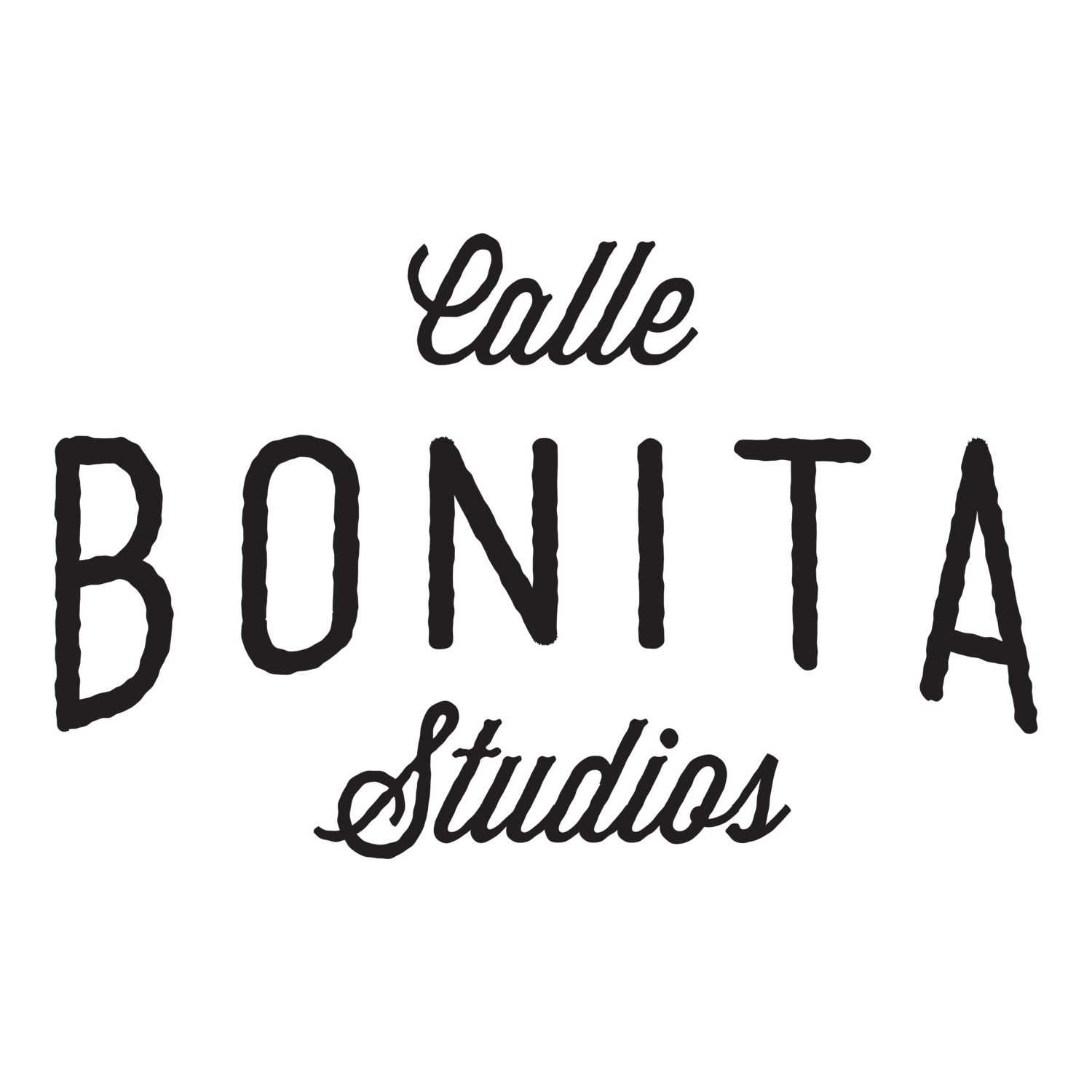Repetition: the recurrence of an action or event.
Repetition, in design, can have a varied effect. When large objects are repeated it can be shocking... like Stone Hendge shocking. Small objects repeated make the eye look for a pattern, for instance in tile work. In architecture, repetition is often present and unnoticed when the pattern created by the repetition is traditional to our culture. When traveling to a different culture, vivid new patterns appear in every surface. Searching for repetition when you travel to another culture can offer insight into a cultures history, religion, and people.



















